Cavalry of the Russian Army 1914-1917 H. 1
In the summer of 1914, before the start of the First World War, the cavalry of the Russian army consisted of 123 cavalry, Cossack and cavalry-alien regiments and 3-x divisions. These regiments and one division were combined into 24 divisions (1-I and 2-I guards. Xav. 1-I-15-I and Cav. Kav., 1-I Don, 2-I consolidated, 1-I - 3-I and 1-I Turkestan kaz.) And 8 dep. brigades (Gu. Kav., 1-I - 3-I Kav., Ussurian con., Trans-Caspian, Siberian and Trans-Baikal Kazakh.). These divisions and brigades included 116 regiments (13 Guards, 19 Dragoons, 17 Uhlan, 18 Hussars, 48 Cossack, 1 equestrian and non-ethnic division. Seven regiments (one dragoon, two horse-riding and four Cossack) and two Cossack divisions were not part of the divisions and brigades.
In the 24 divisions and 8 division. Cavalry brigades had 674 squadrons and hundreds. Most kav. and kaz. The divisions consisted of 24 squadrons and hundreds (4 regiment 6 squadrons or hundreds). The exceptions were the 4 divisions: 1-i Guards. kav - 28 squadrons and hundreds (7 regiments of 4 squadrons or hundreds). In wartime, all the regiments, with the exception of the lggs. Consolidated Cossack, it was supposed to bring to 6 squadrons or hundreds; 12-I kav. - 22 squadron and hundreds (the 3 th Ufa-Samara regiment of the Orenburg Cossack army consisted of hundreds 4, in wartime it was supposed to bring hundreds to 6); 3-I Kavk. kaz - 18 hundreds (Dagestan reg. Regiment - hundreds of 4, Ossetian division. Division - hundreds of 2); 1-I Turkestan kaz. division - 20 hundreds (5 regiments on hundreds 4).
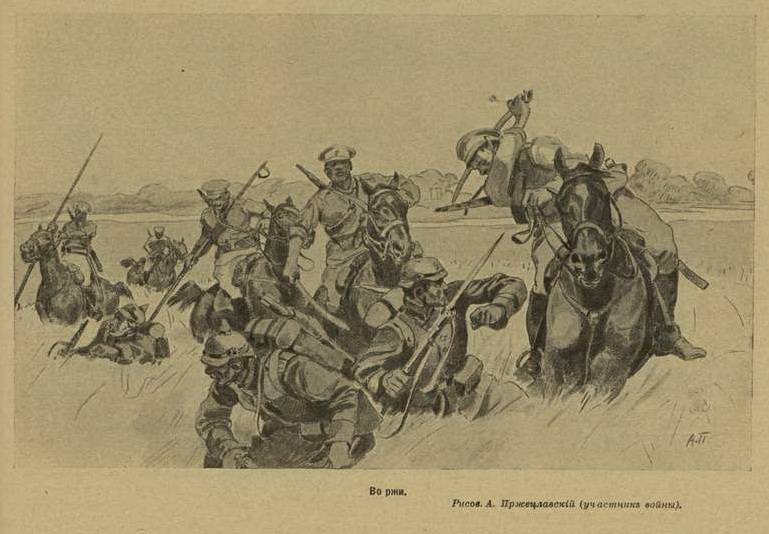
Fire support in the divisions was art. division (two konn. or kaz. batteries of six-speed 3-x-inch guns model 1900 g.). In kav. divisions it was equestrian., and in kaz. divisions - kaz. art. divisions. In 10 th and 12 th Kav. divisions it was kaz. art. divisions, and in 8-th kav. divisions - division of mixed composition: one battery horse, the second battery Cossack. 13-I kav. the division did not have its own artillery - in the event of war 12-th equestrian art. division that was part of 14-th Kav. division, divided between these two divisions, 1-I Turkestan kaz. the division had only one kaz. battery, and kavk. kav Division - Kavk. horse and mountain art. division. In Guards. cavalry fire support was entrusted to the lggs. Horse artillery - two-division brigade. Three-battery divisions l.-gv. Horse artillery were given guards. kav divisions, while one of the batteries of the 2 th division was seconded to Sep. Guards kav brigade. Thus, as in the army (Cossack) cavalry, one Guards. art. The battery accounted for the brigade Guards. cavalry 8 sept. 1913 CAV. and kaz. divisions and dep. brigades were supplemented by horse-rifle teams (eight Maxim machine-guns on packs), and 12 June 1914 equestrian teams, which were intended to install and maintain communications, produce destructions (mainly railways) and minor repairs of roads and bridges. Entering one of the regiments, the horse-drawn machine-gun and horse-drawn engineer teams provided the division or division. brigade entirely.
In military districts, the cavalry was distributed as follows:
St. Petersburg Military. District - in Guv. 1-1 (housing in St. Petersburg, Gatchina, Pavlovsk, Tsarskoe Selo) and 2-1 (accommodated in St. Petersburg, New Peterhof, Old Peterhof, Tsarskoe Selo) guards. kav divisions, in 18-m arm. Corps 20 th Dragoon Finnish Regiment (stationed in the town of Vilmondstrand) and in 22 th arm. housing Orenburg Kaz. division (stationed in Helsingfors) - total 12,5 regiments: 11 guards. kav (including guards. Kaz.) regiments, 1 Kav. the regiment, half kaz. shelf, and 5 conne. batteries (30 guns);
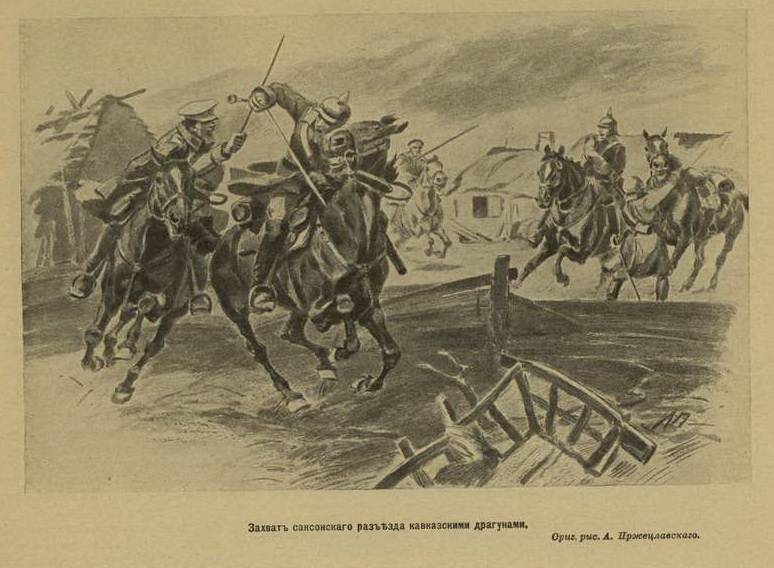
Vilna military. District - in 2 arm. 2-kav. division (stationed in the cities of Suwalki, Augustow, Calvary), in 3. 3-kav. division (stationed in the cities of Kovno, Vilna, Volkovyshki, Mariampol) and in 20. 1-I Dep. kav brigade (stationed in Riga, Mitawa) - total 10 regiments: 8 Cav. regiments and 2 Kaz. shelf, and 4 conne. batteries (24 guns);
Warsaw Military district - in the submission of commands. military troops County Od. Guards kav Brigade and Kuban Kaz. division (quartered in Warsaw), in 6-m arm. 4-kav. division (stationed in the cities of Belostok, Schuchin and in the village of Graev), in 15. Corps 6-I (quartered in the cities of Tsekhanov, Mlawa, Ostroleka, Prasnysh) and 15-I (accommodated in the cities of Plotsk, Wroclawsk) Cav. divisions, in 14-m arm. 13-th corps (housed in Warsaw, Garwolin, Novo-Minsk, Sedletsk) and 14-th (housed in Częstochowa, Bendin, Kalisz, Pinchov) q. divisions, in 19-m arm. 7-kav. (accommodated in the cities of Kovel, Vladimir-Volynsky, Grubeshchev) and 1-i Don kaz. (deployed in Zamost, Krasnik) divisions - total 30,5 regiments: 2 guards. kav shelf, 18 cav. and 10,5 Kaz. regiments, and 13 conne. and kaz. batteries (78 guns);
Kiev military District - in 9 arm. 9-kav. division (stationed in Kiev, Belaya Tserkov, Cornflowers, Zhytomyr), in 10. 10-kav. division (stationed in Kharkov, Akhtyrka, Sumy, Chuguev), in 11. 11-kav. division (stationed in the cities of Dubno, Kremenets, Lutsk, Radzivilov), in 12. 12-kav. (housed in the city of Proskuro, Volchysk, Mezhebuzhie) and 2-I Summary Kaz. (stationed in Kamyanets-Podilsky) divisions - total 20 regiments: 12 Cav. and 8 Kaz. regiments, and 10 conne. and kaz. batteries (60 guns);
Odessa military district - in the submission of commands. military troops District 7 th Don Kaz. regiment (stationed in Nikolaev), in 8-m arm. 8-kav. division (stationed in the city of Kishinev, Balti, Bender, Odessa, Tiraspol), in 7. case Crimean Konn. regiment (stationed in Simferopol) - total 6 regiments: 3 cav. shelf, 2 Kaz. regiment and 1 equestrian regiment, equ. and kaz. batteries (12 guns);
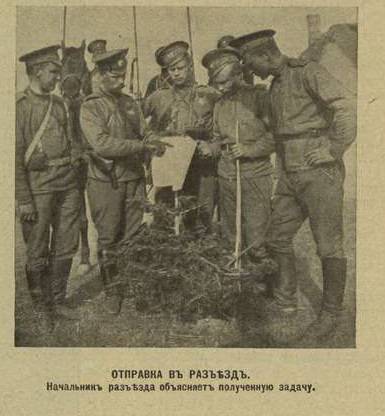
Moscow military District - in Grenad. 1-kav. division (stationed in Moscow, Rzhev, Tver), in 5 arm. 2-th corps (stationed in the city of Orel, Yelets) and 3-th (stationed in the cities of Voronezh, Novokhopyorsk) dep. kav brigade - total 8 regiments: 7 Kav. regiments and 1 Kaz. regiment, and 2 conne. batteries (12 guns);
Kazan military District - in 16 arm. 5-kav. Division (stationed in Samara, Kazan, Simbirsk) and 1-th Astrakhan Kaz. regiment (stationed in Saratov) - total 5 regiments: 3 cav. and 2 Kaz. shelf, and 2 conne. batteries (12 guns);
Kavk. military District - in 1-m Kavk. arm. The 1-i Cav. kaz division (stationed in Kars, Kalizman, Karakut, Olta, Akhalkalaki village and Sarakamysh fortress), in 2-th Kavk. arm. The 2-i Cav. kaz (quartered in the cities of Erivan, Jelal-Ogly, Kutais, Erivan province and the Khan-Kenda tract) and Kavk. kav (housed in the cities of Tiflis, Alexandropol, Elendorf, Tsarskie Kolodtsy) divisions and in 3-th Cavk. arm. The 3-i Cav. kaz division (stationed in Vladikavkaz, Grozny, Ekaterinodar, Maikop, Mozdok, Stavropol, Temir-Khan-Shura) - total 15,5 regiments: 3 Cav. shelf, 11 Kaz. regiments and 1,5 equestrian regiment, and 8 equestrian and kaz. batteries (48 guns);
Turkestan military district - in the submission of commands. military troops District Siberian Kaz. brigade (stationed in the cities of Dzharkent, Verny, Koldzhat tract, Khoros township and Naryn and Bakhty fortifications) and the Turkmen con. regiment (stationed in the city of Kashi), in the 1-m Turkestan army. 1-i Turkestan kaz. division (stationed in the cities of Samarkand, Kerki, Skobelev), in 2-th Turkestan army. case Transcaspian Kaz. brigade (stationed in the cities of Merv, Kashi, p. Kaaiha) - total 10 regiments: 9 Kaz. regiments and 1 equestrian regiment, and 2 Kaz. batteries (12 guns);
Omsk military District - in 2-th Turkestan. 3 th Siberian Kaz. regiment (stationed in Zaisan);
Irkutsk military District - in 2-m Siberian Army. case Transbaikalian Kaz. the brigade (stationed in the cities of Chita, Troitskosavsk, the village of Dauria and at the station Dno) - total 3 Kaz. shelf, and 2 Kaz. batteries (12 guns);
Amur military. District - in 1-m Siberian Army. case of the Ussuri conc. brigade (housed in Nikolsk-Ussuriysky, Khabarovsk, Vladimir-Aleksandrovskoye villages, Zaisanovka, Promyslovka, Razdolnoye, Shkotovo) and in the 4-m Siberian army. case Amur kaz. regiment (stationed in Blagoveshchensk) - total 4 regiment: 1 cav. and 3 Kaz. regiment, and 2 horse-mount battery (12 guns);
Zaamur district Dep. corps fenced. guards - in the 1-th detachment 1-th (stationed at the stations of Hailar and Buhedu) and 2-th (housed at the station Fulaerdi) Zaamurskie frontier. regimental shelves, in 2, detachment 3 (stationed in Harbin) and 4 (stationed at Loushagou junction and Kuanachenji station) Zaamurskie frontier. Conn. regiments, in the 3 squadron 5 (stationed at the Echo junction and Imianpo station) and 6 (stationed at the Moulin station) Zaamurskie border guards. Conn. regiments - total 6 regiments.
From 24 kav. and kaz. There is only one division (2-I Consolidated Kaz.) was compactly housed, when the division management and all four regiments were located in one locality. In the six divisions (1 and 2, guards, 1, 2, and 15, and 1 of the Don Kaz.), One of the brigades (1, Guards) Kav. - three-brigade - two). The regiments of the other brigade were located in two independent settlements (one of the regiments of the second brigade was deployed along with the command and the first brigade of the 2 Cav. And the 1 C of the Don Kazakh divisions). In eleven divisions - 3, 4, 5, 7, 8, 9, 10, 11, 12, 13, 14 and Kavk. kav divisions, as well as 1-th Kavk. and 1 th Turkestan Kazakh. divisions - division management was located in one locality along with one of the regiments. At the same time in the three divisions it was the first regiment, in five divisions - the second, in three divisions - the third and in the third - the fourth. The three remaining regiments of each division were stationed in independent settlements. The three divisions (6-th Qav., 2-th and 3-th Kavk. Kaz.) Management and all the regiments were stationed in different settlements - each in its own. Of the eight dep. brigades only in two brigades (Gu. Kav. and Siberian Kaz.) management and regiments were located together. In the five brigades, the management was located with one of the regiments, and in the Ussuri Command. brigade - management and all three regiments were stationed in independent settlements.
Regular cavalry had no reserve units, as it was kept in full strength in peacetime. Education and training of horse-drawn personnel for the replacement of the dead or retired due to other reasons were conducted in the Kav brigades. stock of three zap. kav each shelf and Kavk. zap kav Division (for army cavalry) and in Guards. zap kav regiment (for the guards. cavalry). On 52 kaz. the regiment in service (regiments of the 1-th queue) in reserve consisted of 99 regiments (51 regiment of the 2-th queue and 48 of the regiments of the 3-th queue). Of these, 40 secondary regiments were included in 10 reserve discount kaz. divisions that were stationed: in the area of the Don Army - 3-I (division headquarters and two regiments in the Khopyorsk district and one regiment in Ust-Medveditsk and Donetsk districts), 4-I (division headquarters and one regiment in the Cherkassky district and three regiments in the 1-th Don district) and 5-I (division headquarters and three regiments in the Donetsk district and one regiment in Cherkassy district) Don Kaz. divisions; in the Kuban region - 1-I (division headquarters in the Yekaterinodar department and two regiments in the Yeisk and Taman departments) and 2-I (division headquarters and two regiments in the Labinsky department and one regiment in the Caucasus and Batalpashinsky departments) Kuban kaz. divisions and staffs of 3 (Caucasus Division) and 4 (Yeisk Division) of the Kuban Kaz. divisions; in Terek region - 1-I Terek Kaz. division (division headquarters in Vladikavkaz, regiments in Pyatigorsk, Mozdok, Kizlyar and Sunzhensky districts); in the Ural region - Ural Kaz. division (division headquarters and regiment in the 1 military department, two regiments in the 2 military department and one regiment in the 3 military department); in the Orenburg region - Orenburg kaz. division (division headquarters in the 1-m (Orenburg) military department and two regiments in the 2-m (Upper Ural) and 3-m (Troitsky) military departments); in the Siberian region - Siberian Kaz. division (division headquarters, 2 brigade headquarters and two regiments in the 2 military department, 1 brigade headquarters and two regiments in the 1 military department); in the Trans-Baikal region - Trans-Baikal Kaz. division (division headquarters and regiment in the 1-m military department, and three regiments in the 2-m, in the 3-m and 4-m military departments).
The ending should ...
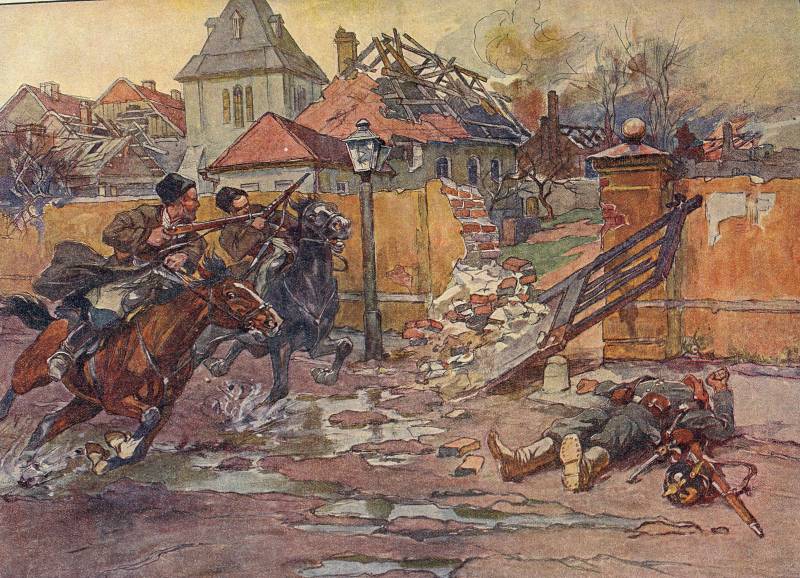
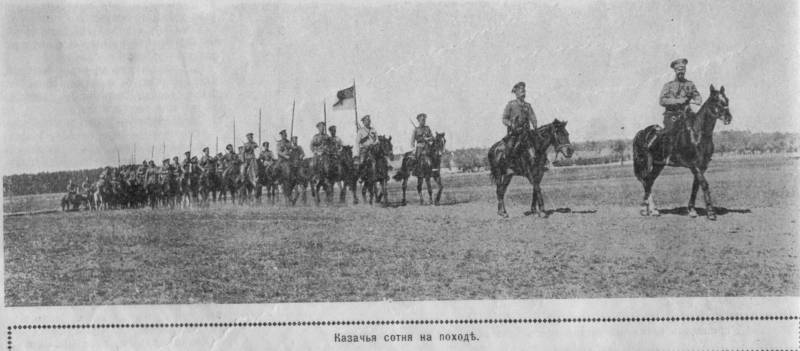
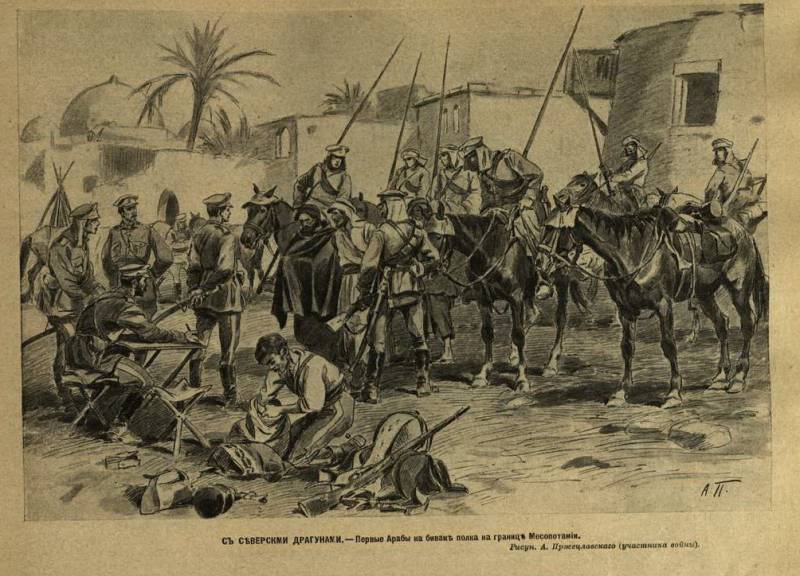
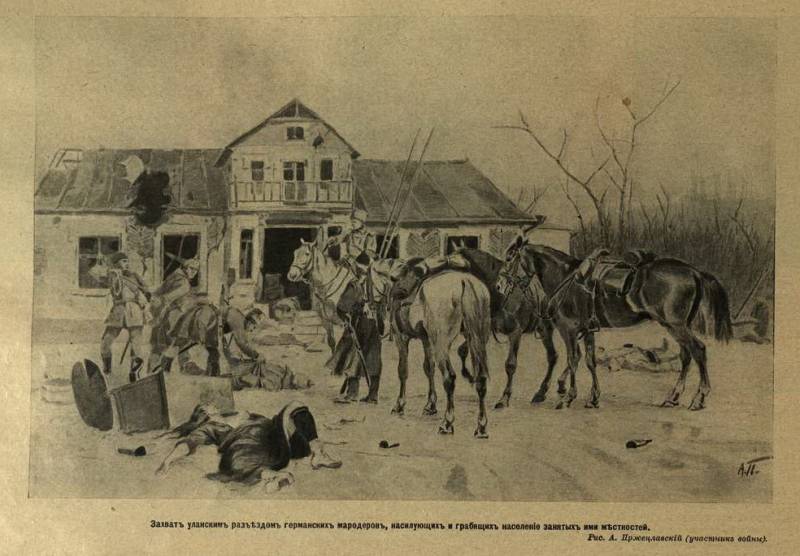
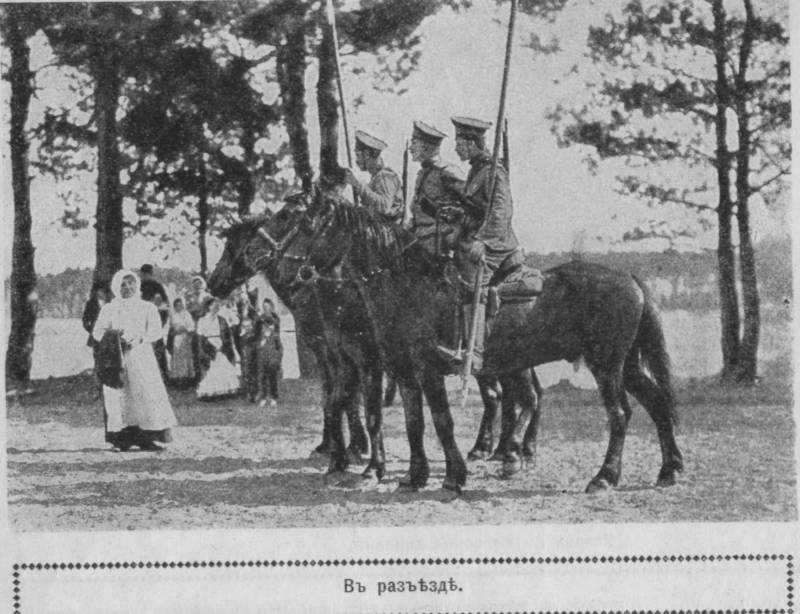
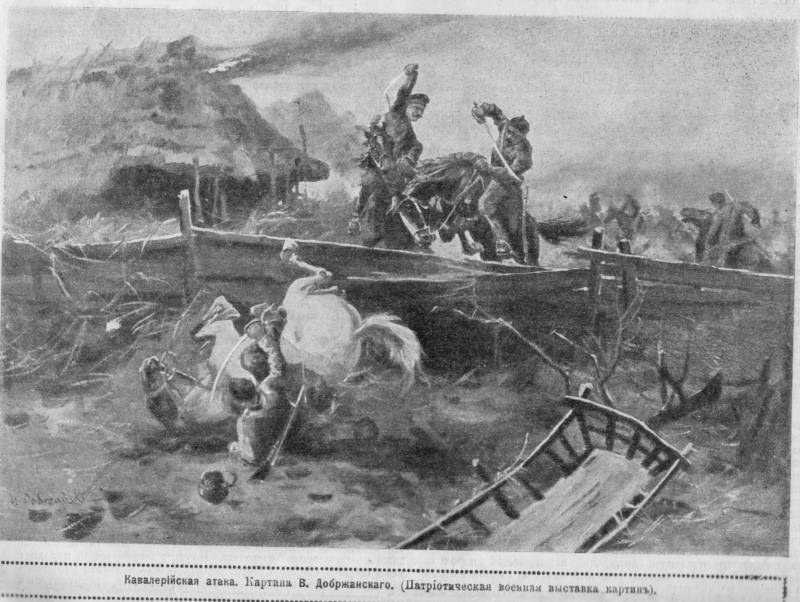
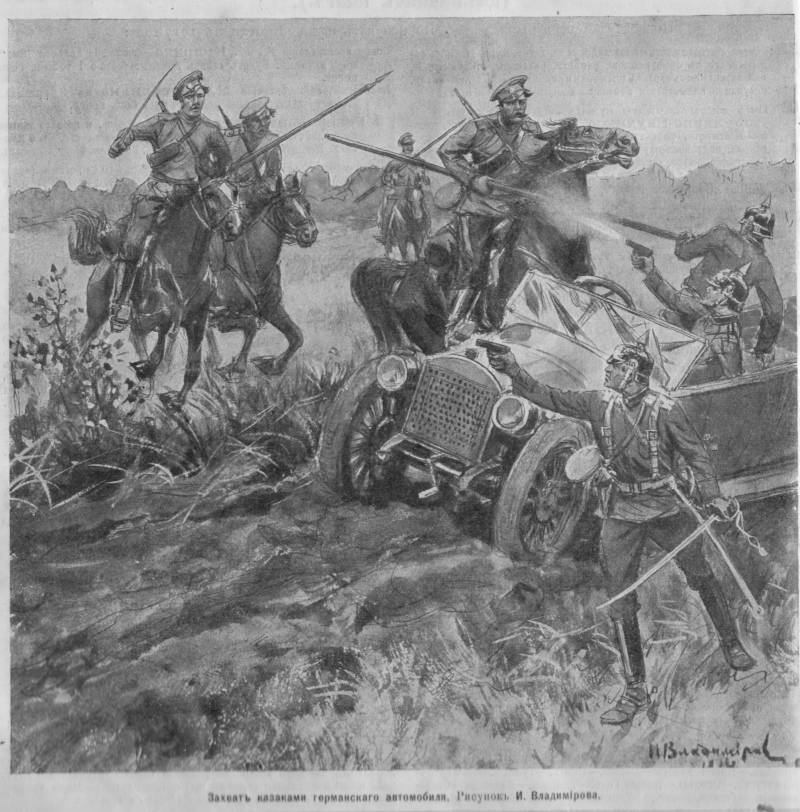
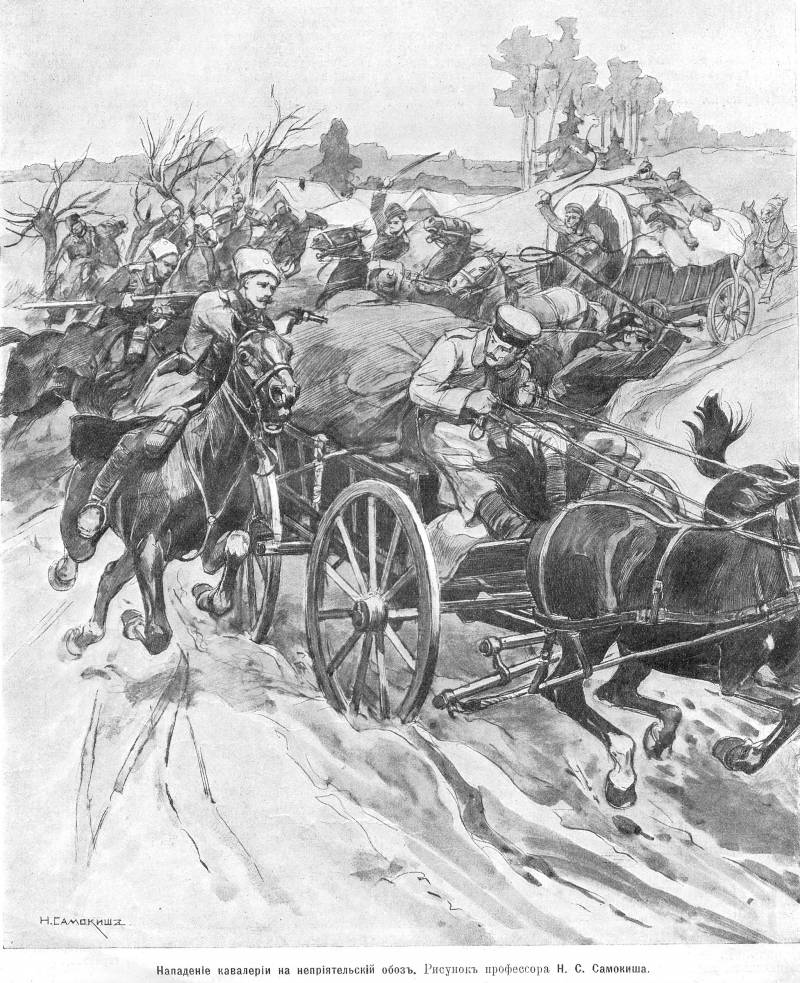
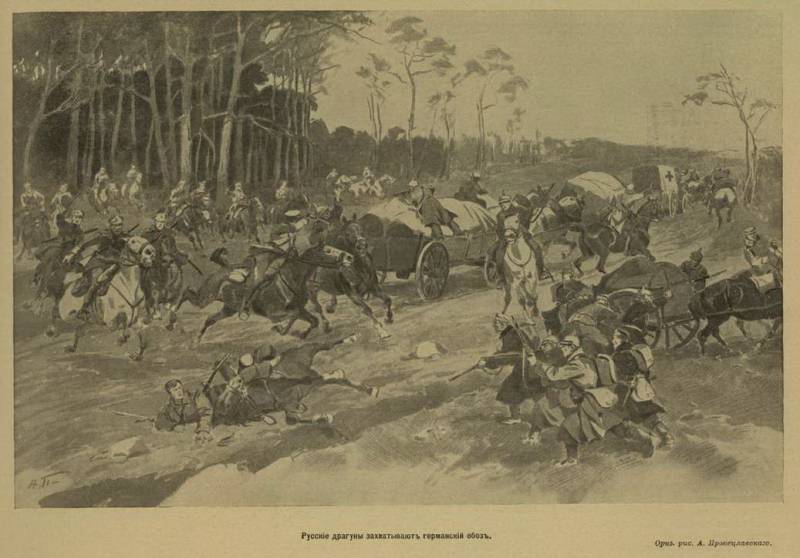
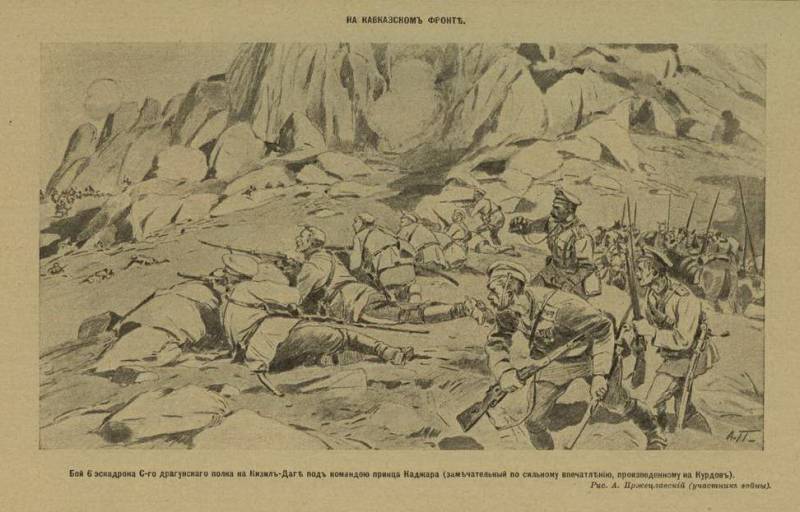
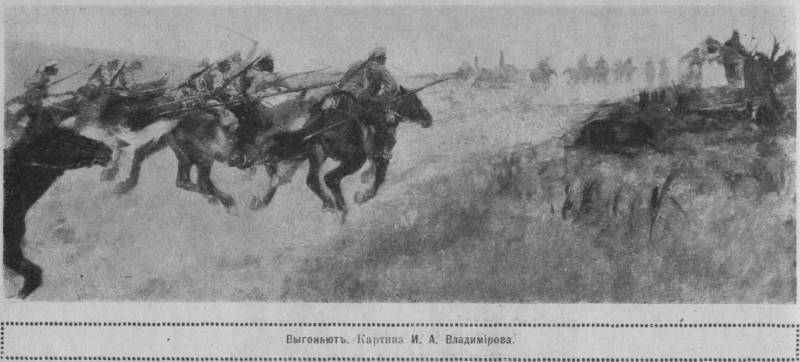
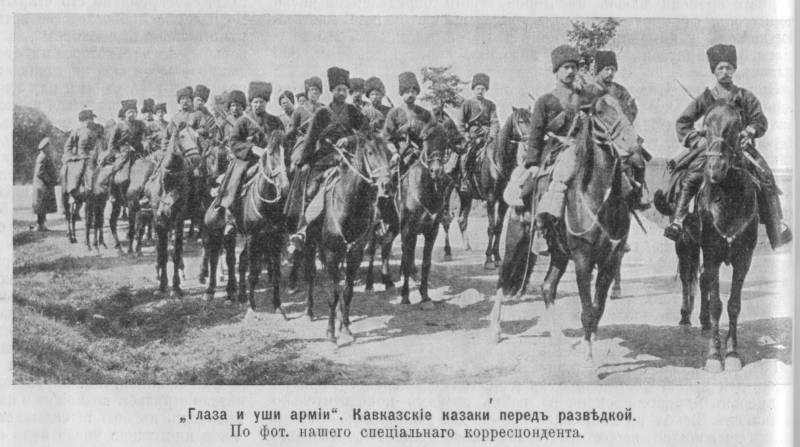
Information